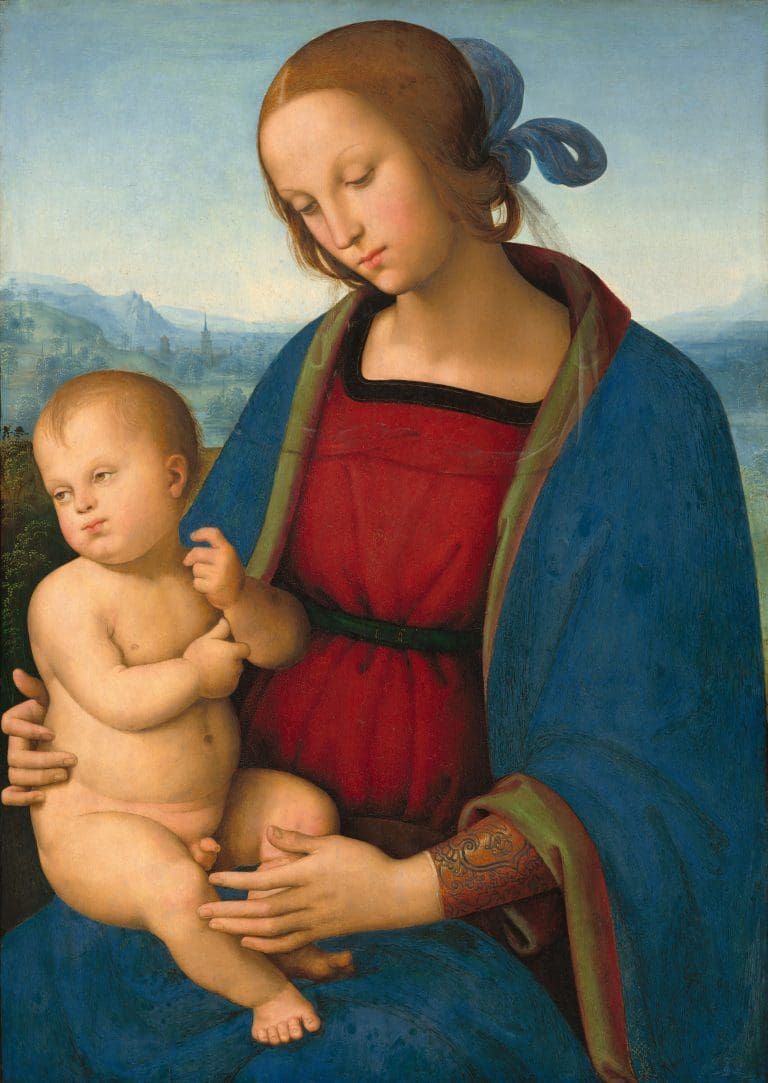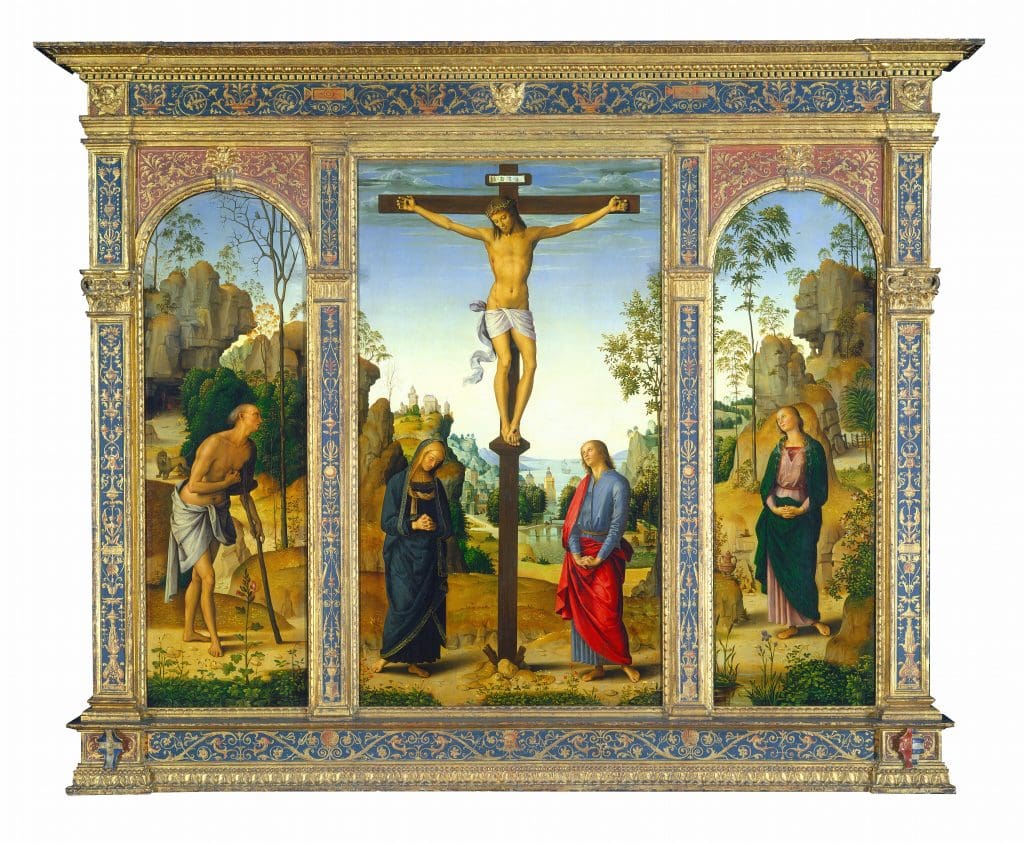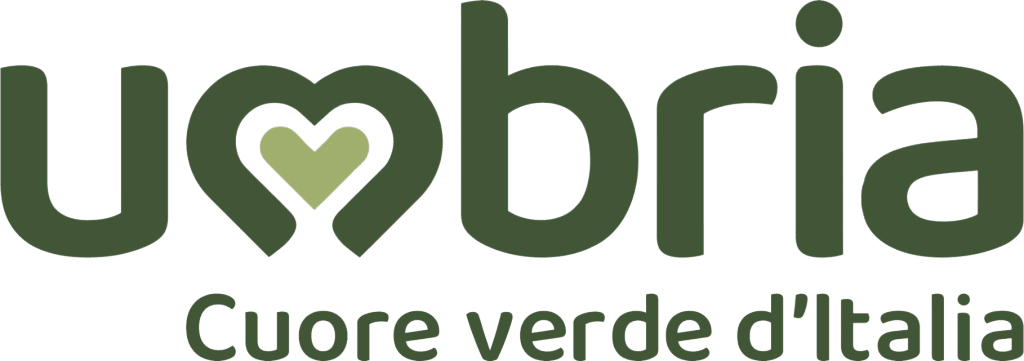UmbriaSì racconta il Perugino, Il Meglio Maestro d'Italia
There has been great excitement in recent months in Umbria for the preparations for the great exhibition dedicated to Perugino the Divine Painter.
From 4 March the exhibition for the 500th anniversary of the death of Pietro Vannucci will be held in Perugia at the Galleria Nazionale dell’Umbria until 11 June, with the name “the Best Master of Italy” as defined in 1500 by Agostino Chigi, great art connoisseur and patron of his time.
Let’s retrace Perugino’s life together, his artistic works, to let you experience the art of the Divine Painter that echoes not only throughout Umbria and Italy, but throughout the world.
Pietro di Cristoforo Vannucci
Born in 1448 in Città della Pieve and died in 1523 in Fontignano, from a wealthy and important family in the Umbrian political panorama; in fact Perugino’s father, Cristoforo di Pietro di Giovanni, held the position of Prior of Città della Pieve in 1459.
The name Vannucci, as the family was known, derives from the name of the great-grandfather, Giovanni, known by the diminutive of Vannuccio.
Many names that distinguished his art, production and fame beyond the definition of “Best Master of Italy”, of Divine Painter, as we read in the verses of the Painter Giovanni Santi, Raphael’s father, of whom he was master, and “Il Perugino” outside the regional borders. Perugia, in fact, was much better known and thriving from the point of view of artistic productions, compared to other Umbrian cities.
Pietro Vannucci, in his early twenties, began his artistic training in Città della Pieve, in the workshops of Sienese painters. In 1460 he was already recognized for his talent so much that he was an apprentice accompanist in Arezzo to Piero della Francesca. Ten years later, he frequented the most famous workshop in Florence, that of Andrea Verrocchio where the art of goldsmithing, sculpture and painting was practiced. The Florentine environment gave Pietro Vannucci the opportunity to know and come into contact with other artists such as Botticcelli, Filippo Lippi and Leonardo.
In 1472 Perugino finished his apprenticeship and began his career as a painter after enrolling in the Compagnia di San Luca as a “painter“.
An important work of his lost, but testified by the payment made in his favour, was the commission of the decoration of the Great Hall of the Palazzo dei Priori by the Municipality of Perugia in 1475.
Perugino’s fame continues to grow and from 1478 he will be engaged in Rome, by will of Pope Sisti IV, for the decoration of St. Peter’s Basilica in the Vatican first, and then the Sistine Chapel, with the famous scene of the “Delivery of the Keys” (in which a self-portrait of the Painter is visible). On this occasion he will come into contact with other painters such as Cosimo Rosselli, Bernardino di Betto Betti known as Pinturicchio and Luca Signorelli.

In 1493 he marries in Fiesole the woman who will be his great inspiring Muse for him, above all for the faces of the Madonnas he painted (such as the Madonna with Child and Madonna with Child between Saints John the Baptist and Sebastian), Chiara Fancelli, daughter of sculptor and architect Luca Fancelli, a pupil of Brunelleschi. From their marriage 5 children were born, and she decided to settle in Florence, also in consideration of the fact that the Divine Painter had his workshop in Florence, as well as in Perugia.
In 1498, the Divine Painter was called to fresco the Hall of the Collegio del Cambio (seat of the money changer) with the Cycle of the Virtues.
Since 1500, Perugino has dedicated himself to creating works in his native Umbria, evidenced by the presence of the typical features of the region such as rolling hills and landscapes full of greenery in Città della Pieve, his native land, but also Spello Foligno, Panicale, Trevi and Perugia.
The Divine Painter died in 1523 of the bubonic plague in Fontignano, and was buried under a tree. In 1925 his remains were found next to small pots of paint. In 1929 it was placed in the urn with the epigraph PETRVS-PERVSINVS-PICTOR and transferred to the church of Santa Maria dell’Annunziata, also in Fontignano, where Perugino was probably painting “The Madonna with Child” commissioned in 1521 by the confraternity of the Announced.

Credit photo:
Nation Gallery of Art


